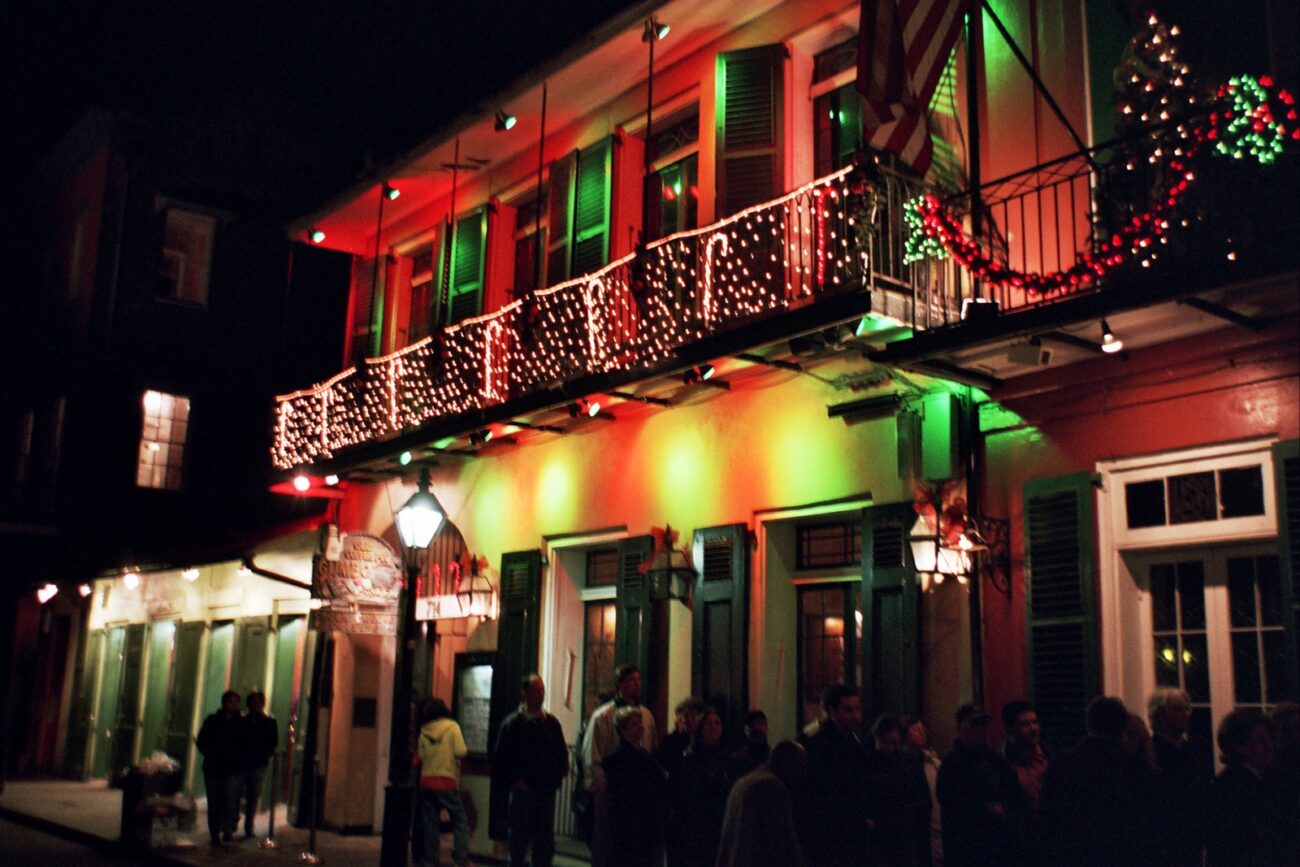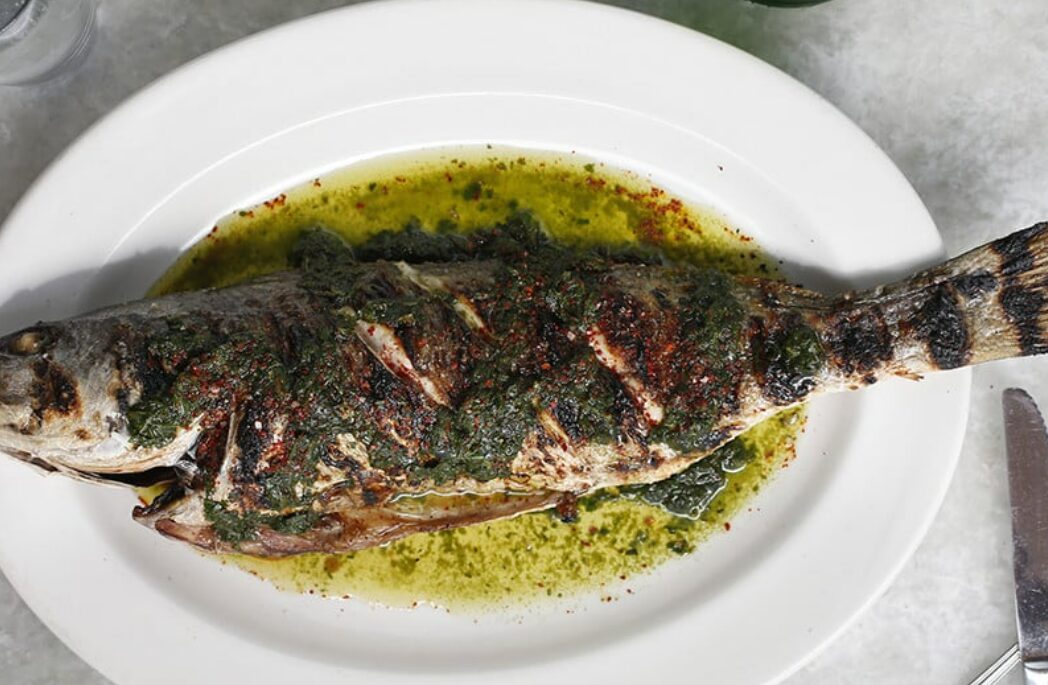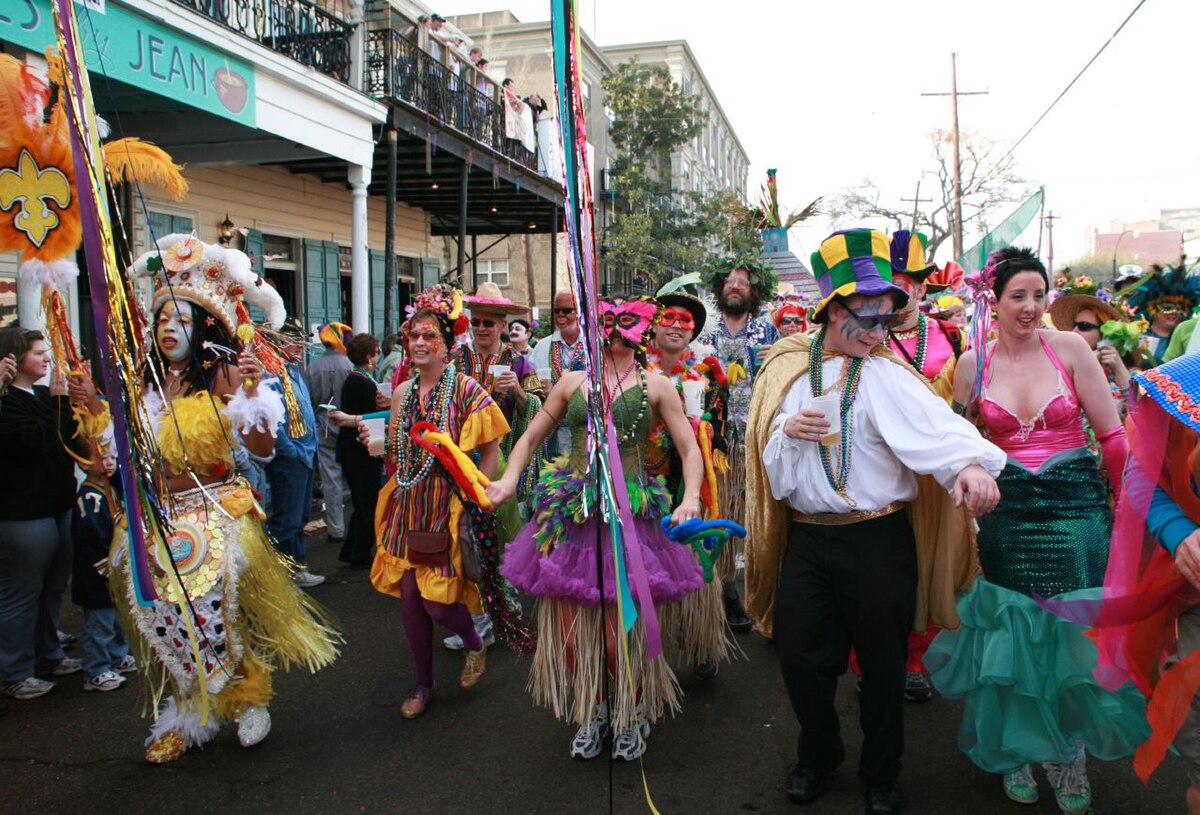The ReefLine’s first installation transforms traffic into living coral habitat 780 feet offshore
Twenty-two concrete cars sit motionless in Miami Beach’s crystal waters, their windows and hoods slowly becoming home to new coral colonies. This isn’t a surreal fever dream—it’s “Concrete Coral,” the inaugural installation of The ReefLine, Miami’s pioneering underwater sculpture park that opened in October 2025.
Art Meets Marine Science in Open Waters
Artist Leandro Erlich reimagined Miami’s notorious traffic as substrate for ocean life.
The installation transforms the universal symbol of urban gridlock into something regenerative. Each life-sized vehicle, crafted from pH-neutral marine concrete, sits 15-20 feet below the surface—shallow enough for snorkelers to explore without scuba gear.
You can swim directly from Miami Beach’s 4th and 5th Streets to reach the sculptures, no boat charter required.
This represents the first phase of cultural placemaker Ximena Caminos’ seven-mile vision, master-planned by architect Shohei Shigematsu of OMA. The project addresses Florida’s coral crisis head-on, targeting a reef tract that’s lost 90% of its coral since the 1970s.
Key Visitor Details:
- Free access from Miami Beach shore (4th-5th Streets)
- 15-20 foot depth, ideal for snorkeling
- Open-water location requires strong swimming skills
- Bring reef-safe sunscreen and diver-down flag
- No lifeguard supervision—swim at your own risk
Living Laboratory Grows Beneath the Waves
Innovative coral attachment system will seed sculptures with 2,200 coral fragments.
The real magic happens through Coral Lok technology, an attachment system enabling quick transplantation of live coral onto the concrete surfaces. Biologist Colin Foord’s Miami Native Coral Lab in Allapattah grows the coral fragments specifically for this project—2,200 pieces that will gradually transform static art into thriving reef ecosystem.
“The first phase will be seeded with approximately 2,200 corals,” according to project documentation, creating what amounts to a living sculpture that changes with each tide and season.
Phase two debuts in 2026 with Carlos Betancourt and Alberto Latorre’s “The Miami Reef Star” plus Petroc Sesti’s “Heart of Okeanos.”
The ultimate goal? Deploy one million corals across the full seven-mile corridor, positioning Miami Beach as a global model for art-driven conservation.
The project’s $5 million funding blend of city bonds and private partnerships reflects Miami’s growing reputation beyond Art Basel—as a destination where Instagram moments and environmental action converge underwater.


















